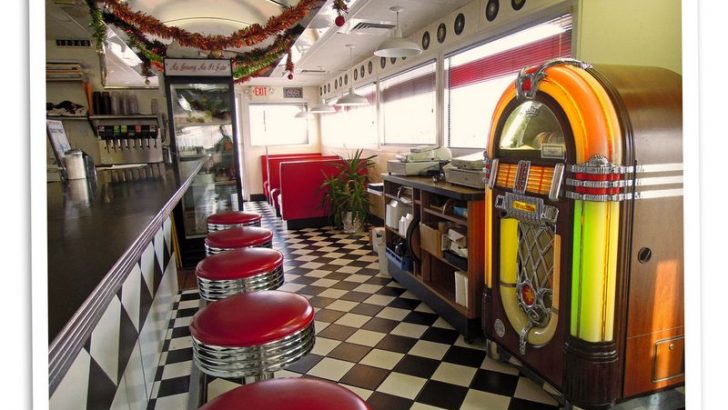The Baby Boomer generation experienced a childhood filled with unique items and experiences that have since disappeared. From the tactile satisfaction of rotary phones to the instant gratification of Polaroid cameras, these objects defined an era. Drive-in theaters created shared experiences under the stars, while VHS tapes brought cinema magic into living rooms. Soda fountains in drugstores were more than just places for a sweet treat; they were community hubs. Each of these 18 items tells a story of innovation and cultural significance that has been replaced by modern conveniences. They are cherished memories of a simpler, yet profoundly connected, time.
1. Rotary Phones
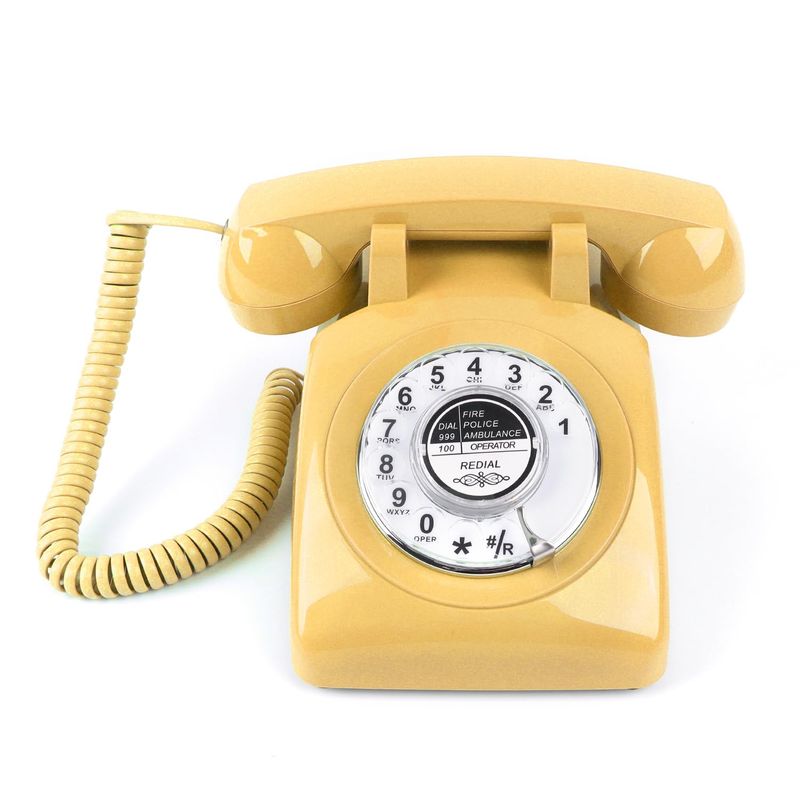
Who remembers the satisfying click of dialing a rotary phone? This iconic device required users to spin the dial to call someone, a tactile experience long replaced by touchscreens. Families often gathered around a single phone, turning conversations into communal activities. This slow, deliberate method of communication seems almost quaint in today’s instant world. However, it taught patience and anticipation with every call. A rotary phone was more than a communication tool; it was a piece of home décor. Vintage models are now collector’s items, cherished for their nostalgic charm.
2. Polaroid Cameras
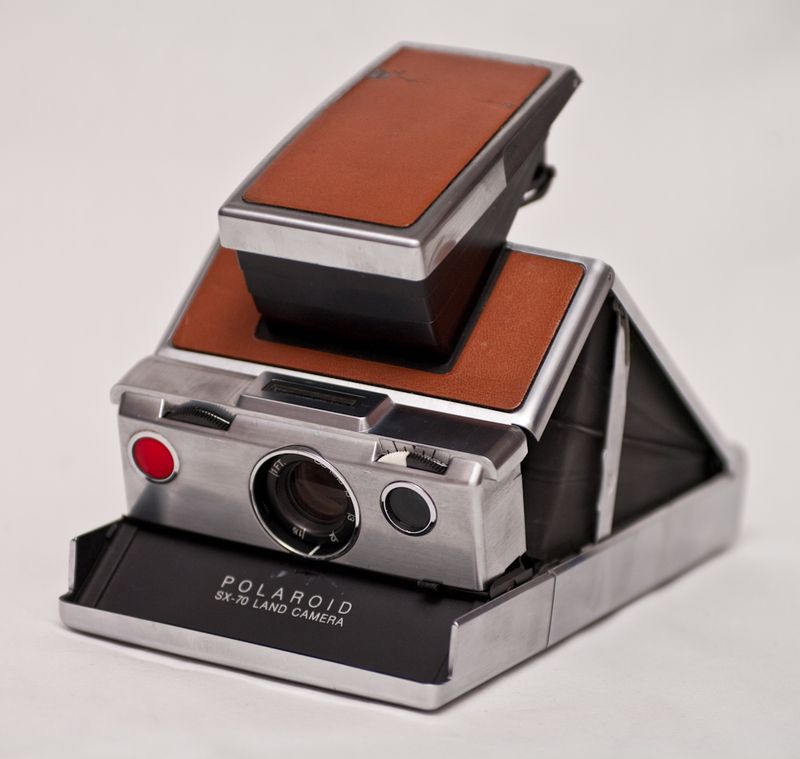
The magic of instant photography was introduced by Polaroid cameras, allowing moments to be captured and developed in seconds. A snapshot would emerge with a shake, revealing memories before your eyes. Families cherished these photos, displaying them on refrigerators or in albums. The thrill of watching an image develop was unparalleled, a blend of anticipation and artistry. Despite today’s digital dominance, the charm of instant photos lingers. Polaroid has seen a resurgence among nostalgics and artists who appreciate its imperfect, unique aesthetic.
3. Drive-In Theaters
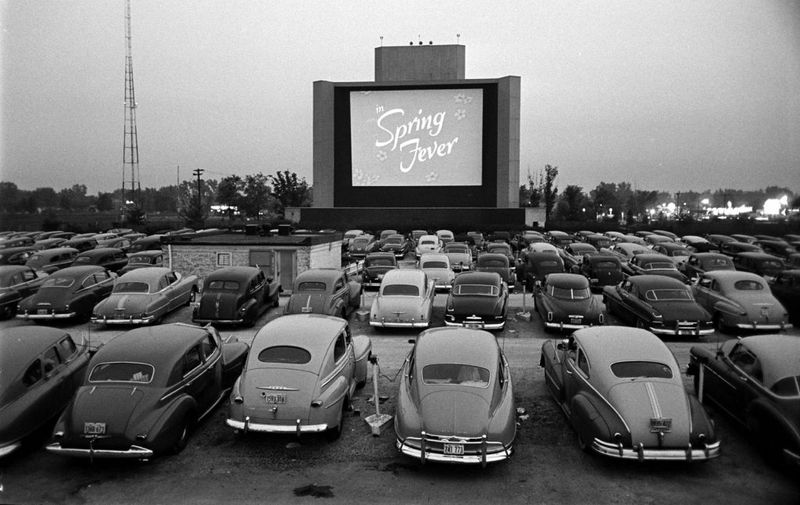
Imagine watching a movie under the stars, from the comfort of your car. Drive-in theaters were quintessential to family outings, blending entertainment with the fresh air. These venues were social hotspots, often featuring playgrounds and snack bars. Moviegoers would tune in via car radios, making for an intimate yet communal experience. Though many have closed, a few survive, cherished for their nostalgic atmosphere. They evoke memories of summer nights, popcorn, and the silver screen’s glow.
4. VHS Tapes
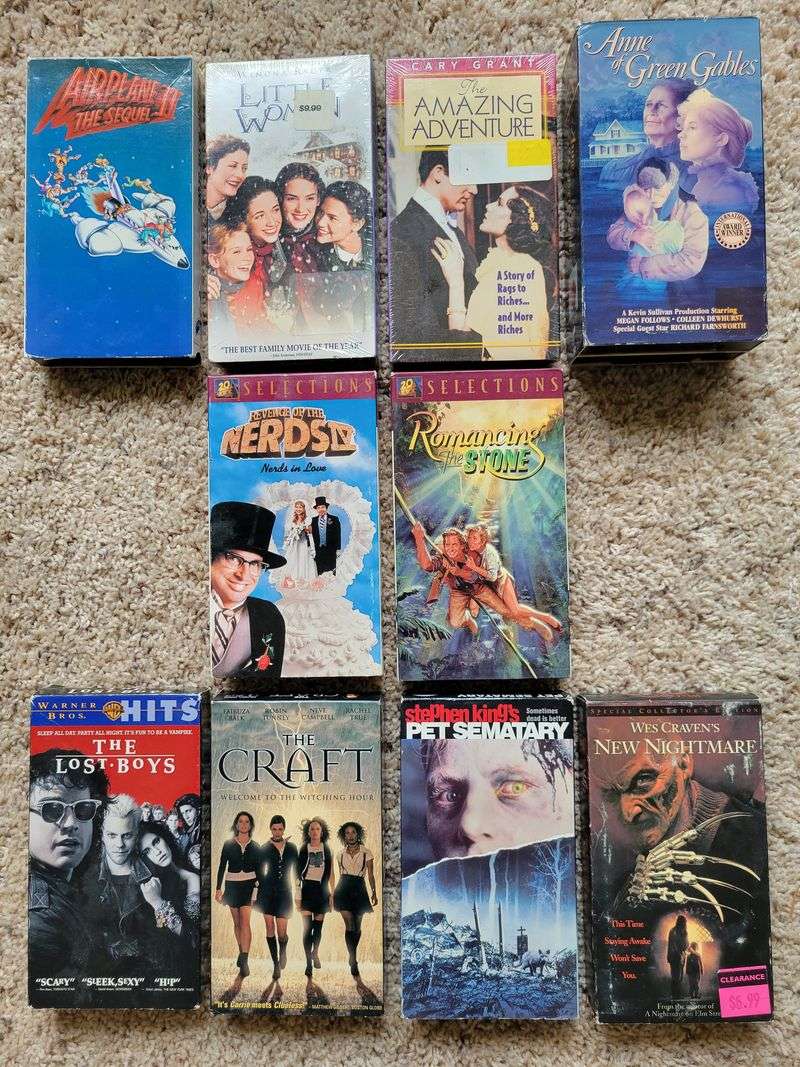
Before streaming and DVDs, VHS tapes ruled family entertainment. These magnetic tapes allowed home recordings and movie nights, turning living rooms into mini theaters. Rewinding and fast-forwarding were rituals, and a well-loved tape often became worn and cherished. Video rental stores flourished, where browsing tapes was a weekend activity. Though obsolete, VHS tapes hold a special place in the hearts of those who remember their clunky charm and the joy of discovering a favorite film.
5. Soda Fountains in Drug Stores
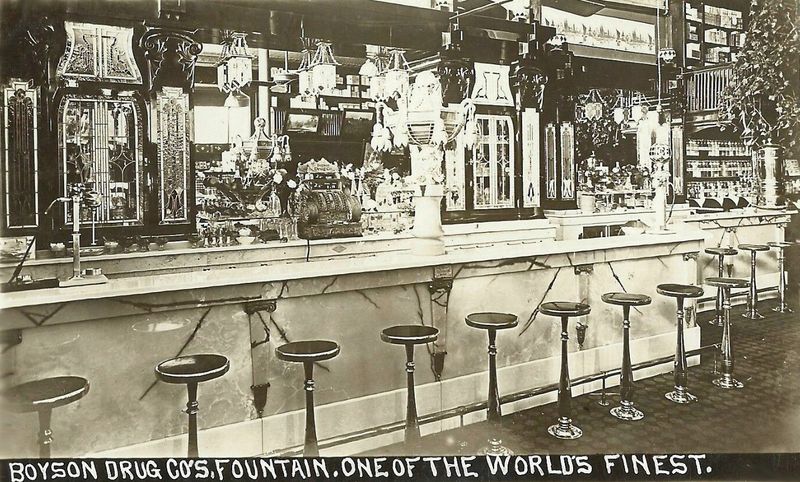
Soda fountains in drugstores were not just for quenching thirst; they were community gathering spots. Amidst chrome fixtures and marble counters, people enjoyed milkshakes and malts, fostering social interactions. It was a place where neighbors caught up, and families bonded over sweet treats. These fountains are largely gone, replaced by fast-food chains. Yet, the nostalgia remains, with some modern establishments reviving the aesthetic to capture that bygone charm.
6. Cassette Tapes
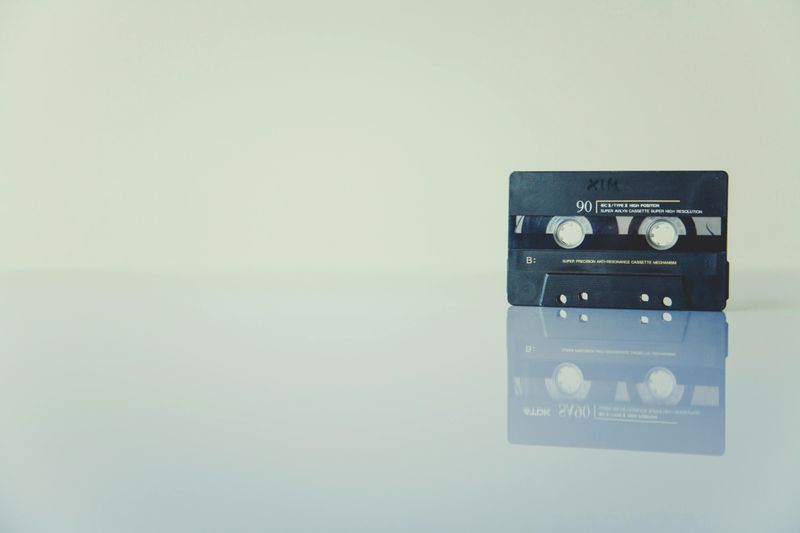
Remember the satisfying click of inserting a cassette tape into a player? Cassette tapes dominated the personal music scene in the 1970s and 1980s, offering a portable way to enjoy tunes. They were prone to tangles, often resolved with a trusty pencil.
Despite their fragile nature, cassettes were cherished for mixtapes—a personalized gift. Digital music players eventually replaced them, yet cassettes remain a symbol of a more tactile audio experience.
Collectors still appreciate their retro charm, but for most, they are a relic of musical nostalgia.
7. Typewriters
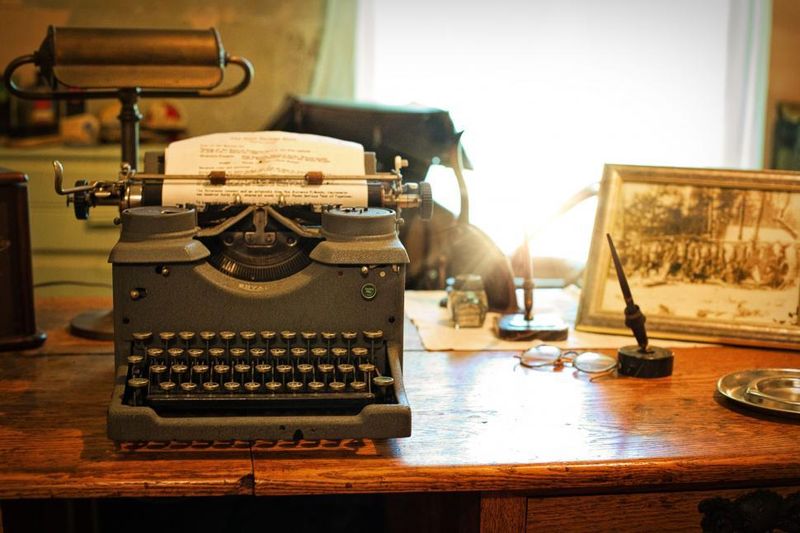
The clack of keys and the ding of a carriage return are sounds etched in the memories of many boomers. Typewriters were once essential tools for writers, office workers, and students.
They offered a tactile, unforgiving typing experience, demanding accuracy and attention. With the advent of computers, typewriters were replaced by keyboards, offering more flexibility and ease.
Typewriters, though obsolete, symbolize a romantic era of writing and are cherished by enthusiasts and collectors alike for their unique aesthetic and historical significance.
8. Film Projectors
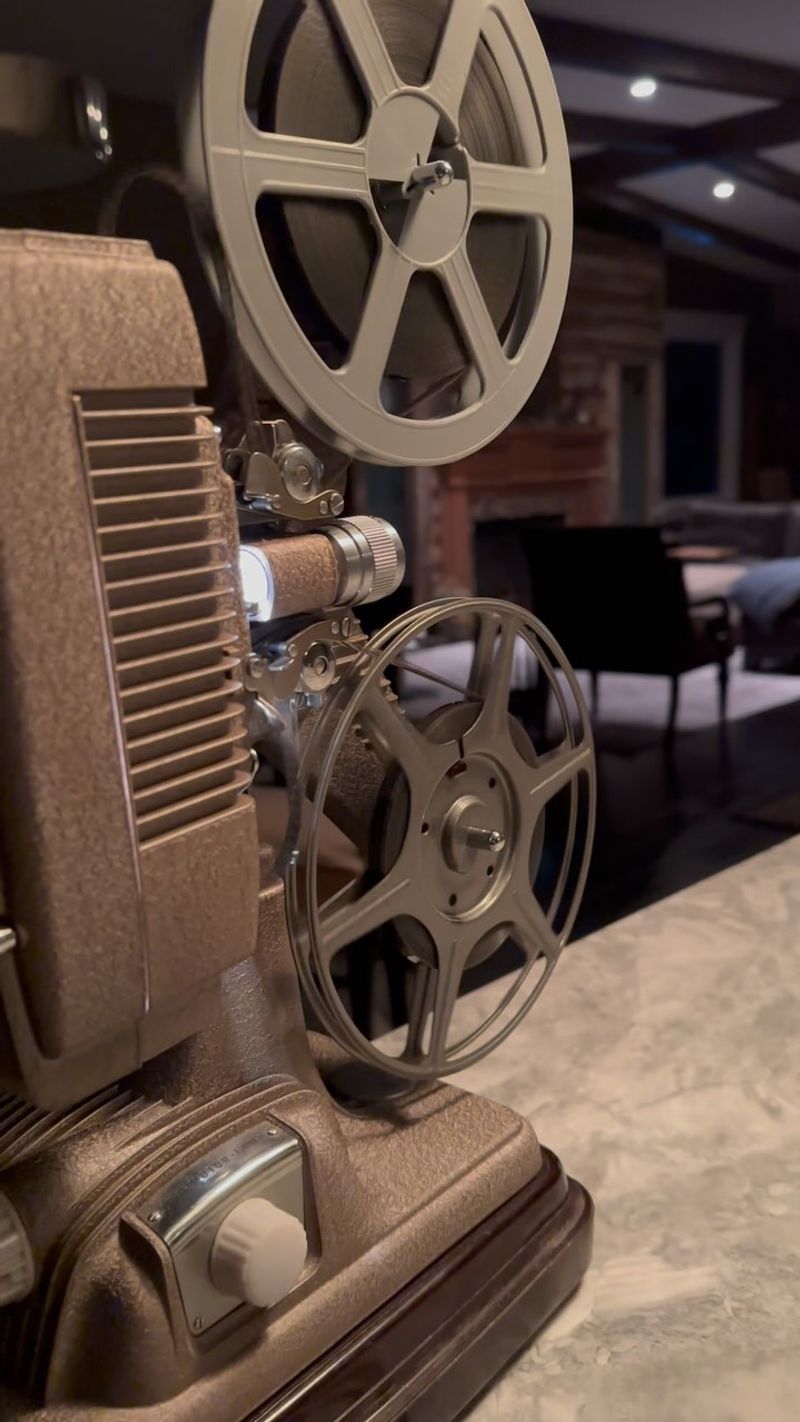
Before digital projectors, film projectors brought cinema magic into homes and schools. Setting up the reels required precision, and the whirring sound was part of the charm.
Film nights were social events, where families gathered to watch movies on makeshift screens. With advancements in digital media, film projectors faded into obscurity, replaced by DVDs and streaming.
Collectors now covet these machines, appreciating the craftsmanship and nostalgia they evoke, capturing a time when movie watching was a shared, tangible experience.
9. Milk Delivery
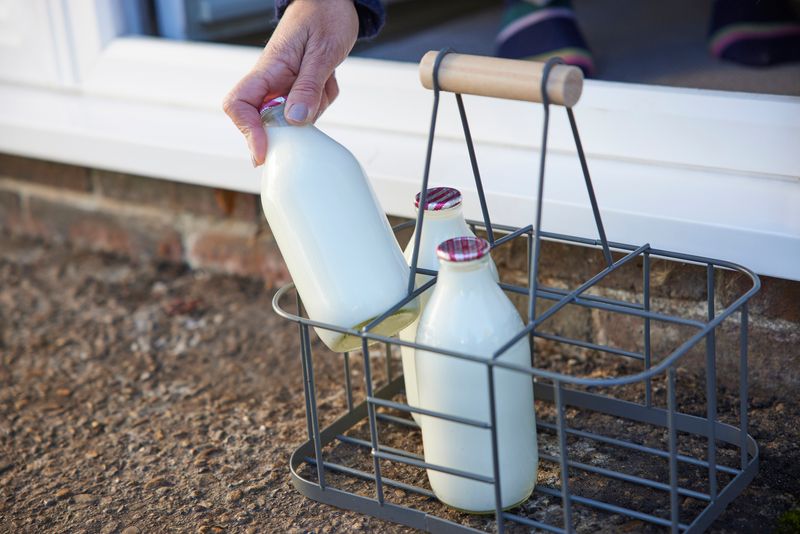
The clinking of glass milk bottles and the arrival of the milkman are memories cherished by many boomers. Fresh milk delivered to the doorstep was a daily ritual in mid-20th-century suburban life.
This service offered convenience and a personal touch, fostering community connections. However, with the rise of supermarkets, home delivery of milk largely disappeared.
The sight of a milkman’s crate and bottles now evokes nostalgia for a simpler time when daily necessities were delivered with care and personal interaction.
10. Telephone Booths
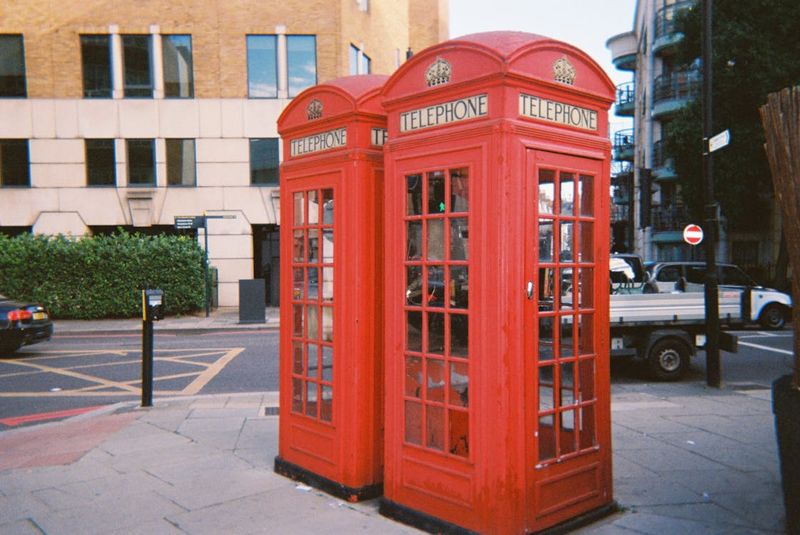
Once a common sight on streets, telephone booths offered a private space to make calls. These booths were essential in an era before mobile phones, providing a lifeline for communication.
They have now become rare, as cell phones replaced the need for public telephones. However, these iconic structures are preserved in some places as nostalgic relics or repurposed creatively.
Their presence evokes a time when communication required planning and effort, adding a sense of nostalgia to the urban landscape.
11. Encyclopedias

Before the internet, encyclopedias were the cornerstone of knowledge in homes and schools. These hefty volumes offered a world of information, often used for homework and research.
Their presence on a bookshelf was a sign of intellectual curiosity and scholarly pursuit. Digital databases and search engines eventually rendered them obsolete.
While some still appreciate their tactile nature and the ritual of flipping through pages, encyclopedias are largely a memory of how we once sought and valued information.
12. Pagers
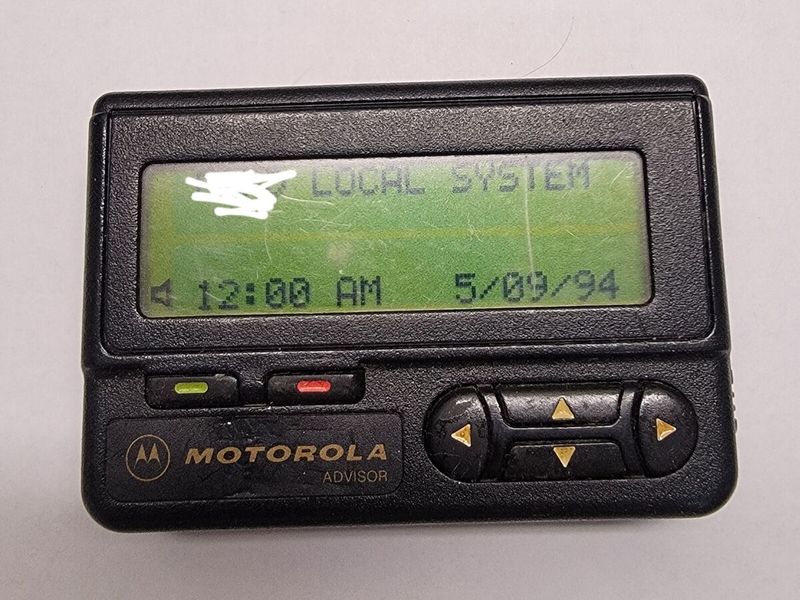
In the days before smartphones, pagers were the cutting-edge way to stay connected. They beeped with messages, alerting users to call someone back.
Pagers were especially popular among professionals who needed to be reachable at all times. As mobile phones advanced, pagers became redundant, yet they symbolize a pivotal moment in communication evolution.
For those who lived through it, the beep of a pager brings back fond memories of a simpler, if not more limited, means of staying in touch.
13. Record Players
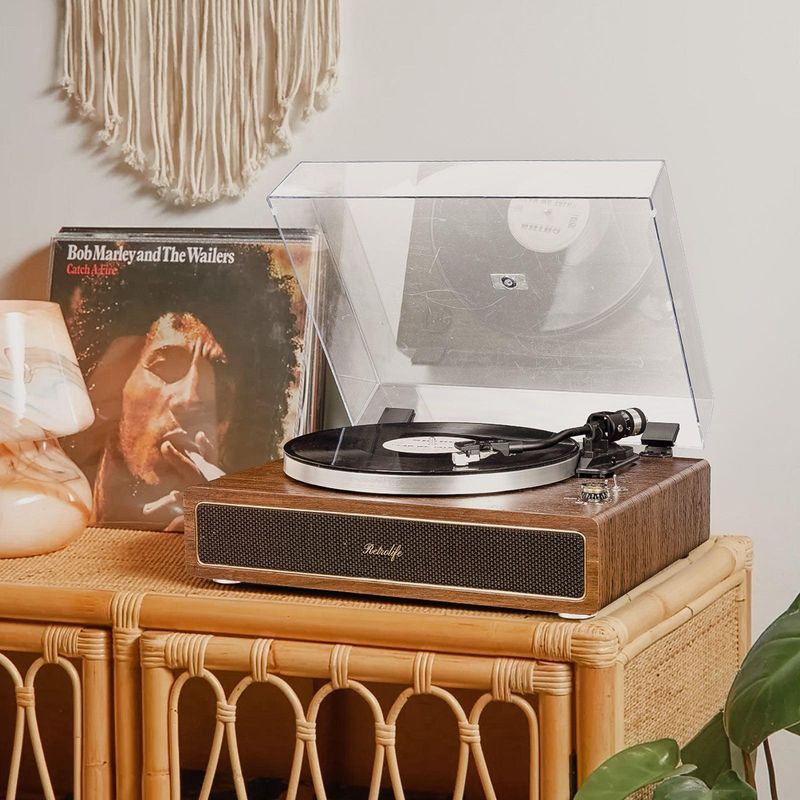
The warm crackle of a vinyl record spinning on a turntable is a sound that resonates with many boomers. Record players were the centerpiece of home entertainment systems, offering an immersive audio experience.
The ritual of placing the needle and flipping the record is a cherished memory. Though replaced by digital music formats, record players and vinyl have seen a resurgence among enthusiasts.
They embody a tactile, authentic listening experience, with a nostalgic charm that keeps the spirit of analog music alive.
14. Roller Rinks
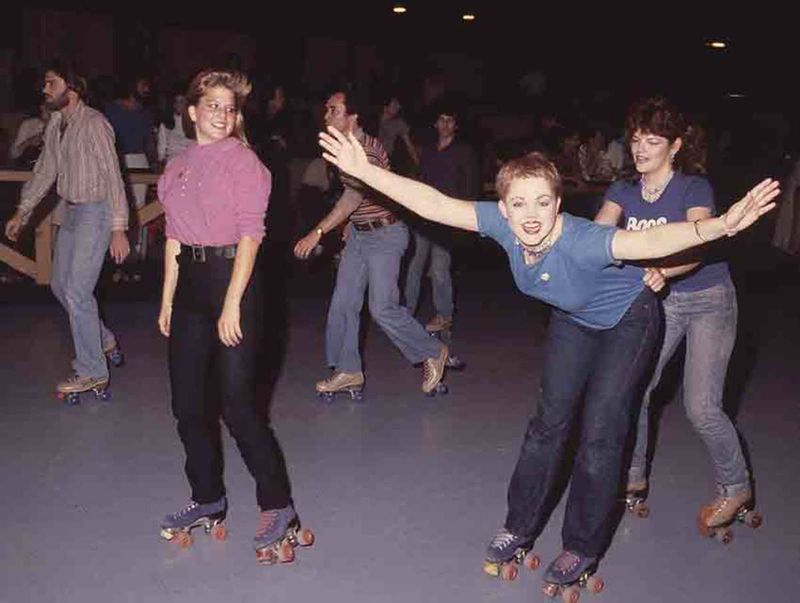
Roller rinks were vibrant hubs of social activity, where people gathered to skate to the beat of lively music. These venues were especially popular during the 1970s and 1980s, offering a fun escape for teens and families.
With the rise of digital entertainment and changing social habits, many roller rinks have closed. However, their legacy lives on in the memories of those who experienced the thrill of gliding across the floor.
Today, they are celebrated in nostalgia-themed events and remembered as icons of a lively era.
15. Transistor Radios
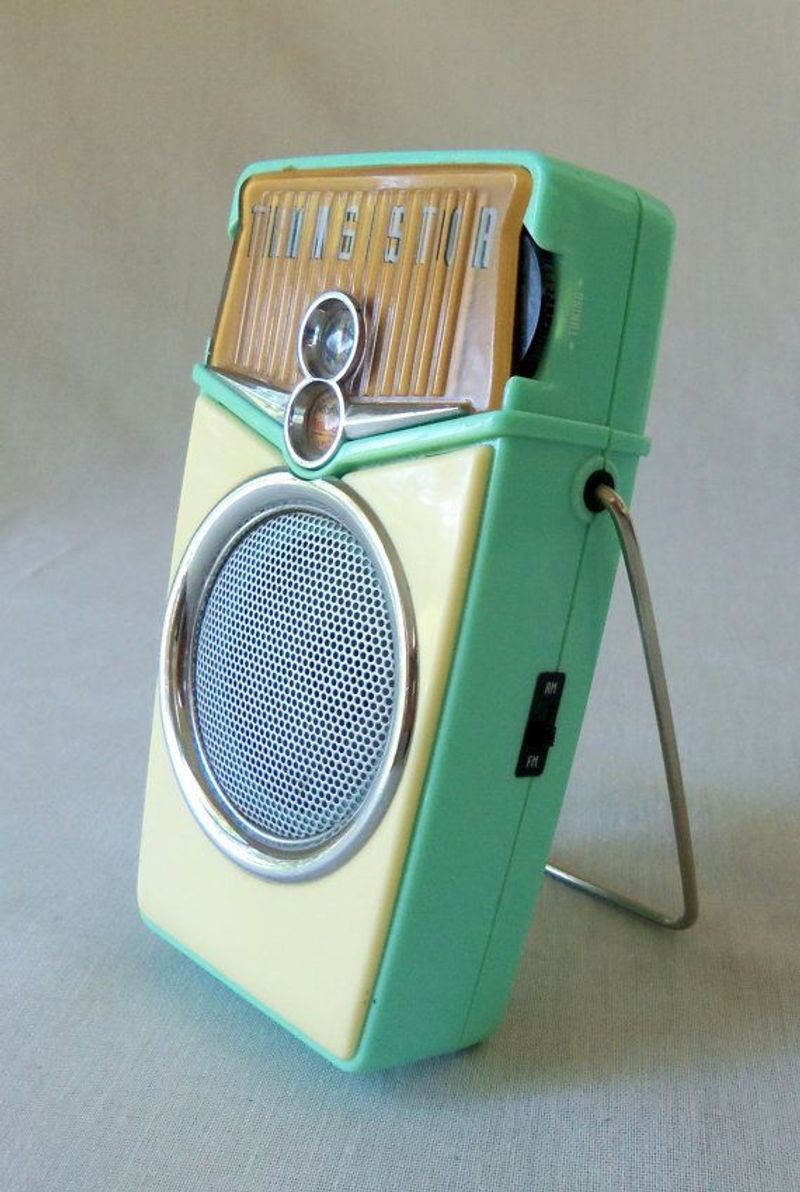
Before smartphones, transistor radios were the gateway to music and news on-the-go. Compact and portable, they allowed boomers to enjoy their favorite stations anywhere.
These radios played a significant role in shaping music culture, especially during the rock and roll era. With technological advancements, they were eventually replaced by more sophisticated devices.
Yet, the transistor radio remains a symbol of simplicity and freedom, evoking memories of leisurely days spent outdoors, accompanied by the soundtrack of the past.
16. Juke Boxes
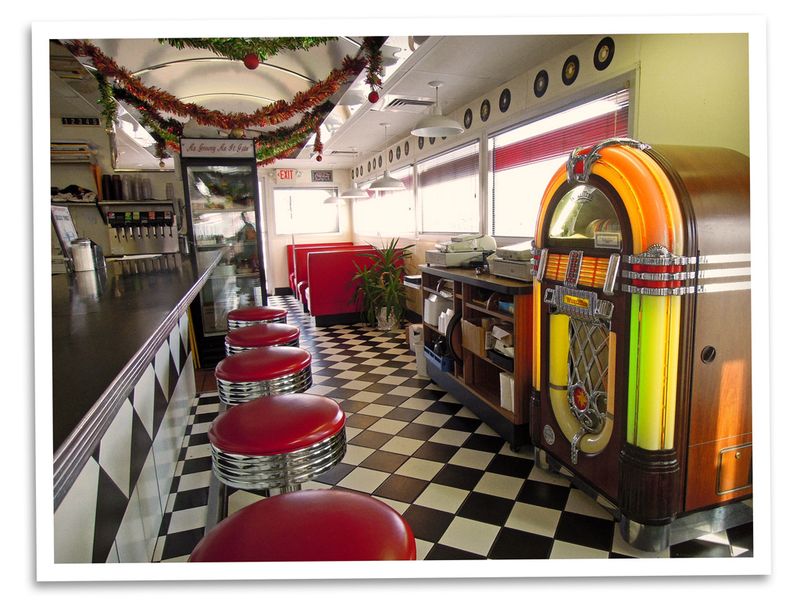
Juke boxes, with their colorful lights and mechanical sound, were once a staple in diners and bars. They allowed patrons to select their favorite songs, turning ordinary venues into musical havens.
These machines provided a social experience, inviting people to gather and enjoy music together. While digital playlists have taken over, juke boxes remain iconic symbols of mid-20th-century American culture.
Their presence today evokes nostalgia for a time when music was a shared and tactile experience, accessible at the touch of a button.
17. 8-Track Tapes
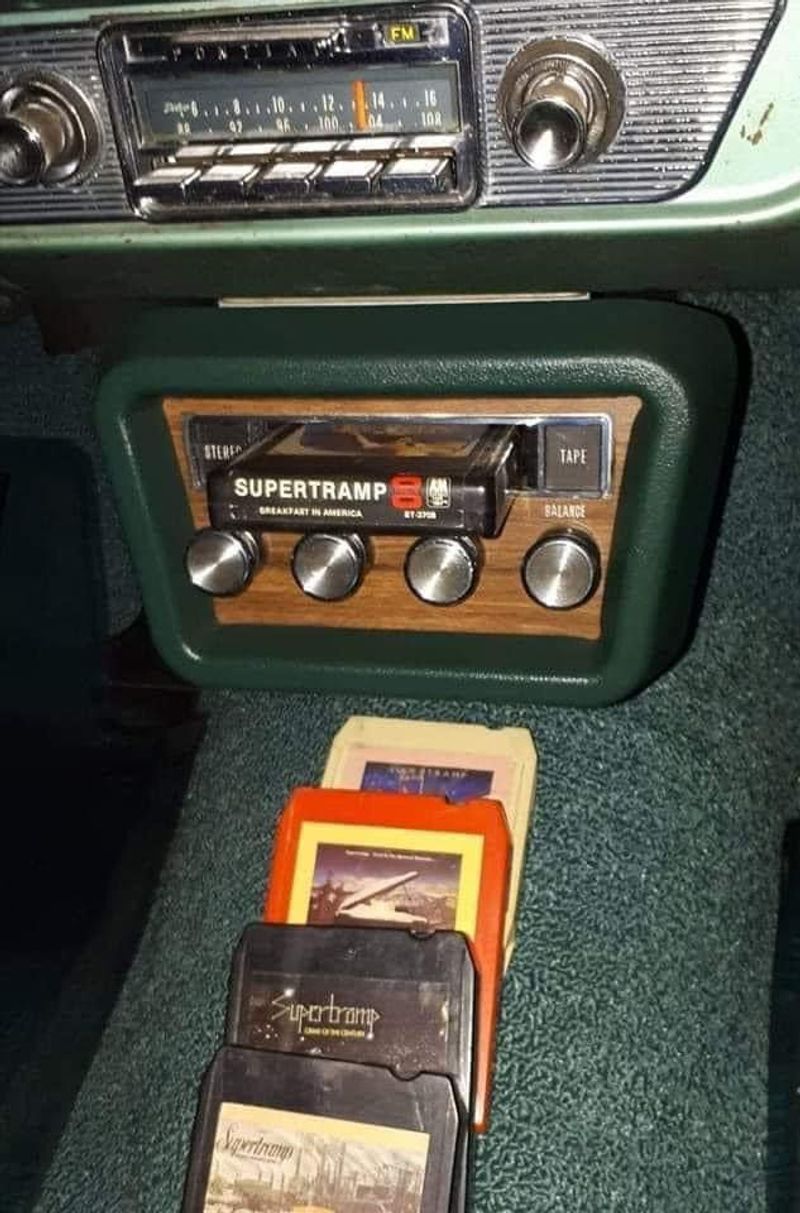
During the late 1960s and 1970s, 8-track tapes revolutionized in-car entertainment, offering continuous music playback. These chunky cartridges were portable and easy to use, making them popular for road trips.
The format eventually declined with the introduction of more compact cassettes. Despite their short-lived popularity, 8-tracks hold a special place in the memories of those who enjoyed music on the move.
Collectors and enthusiasts still cherish these artifacts, celebrating their role in the evolution of music consumption.
18. Pinball Machines
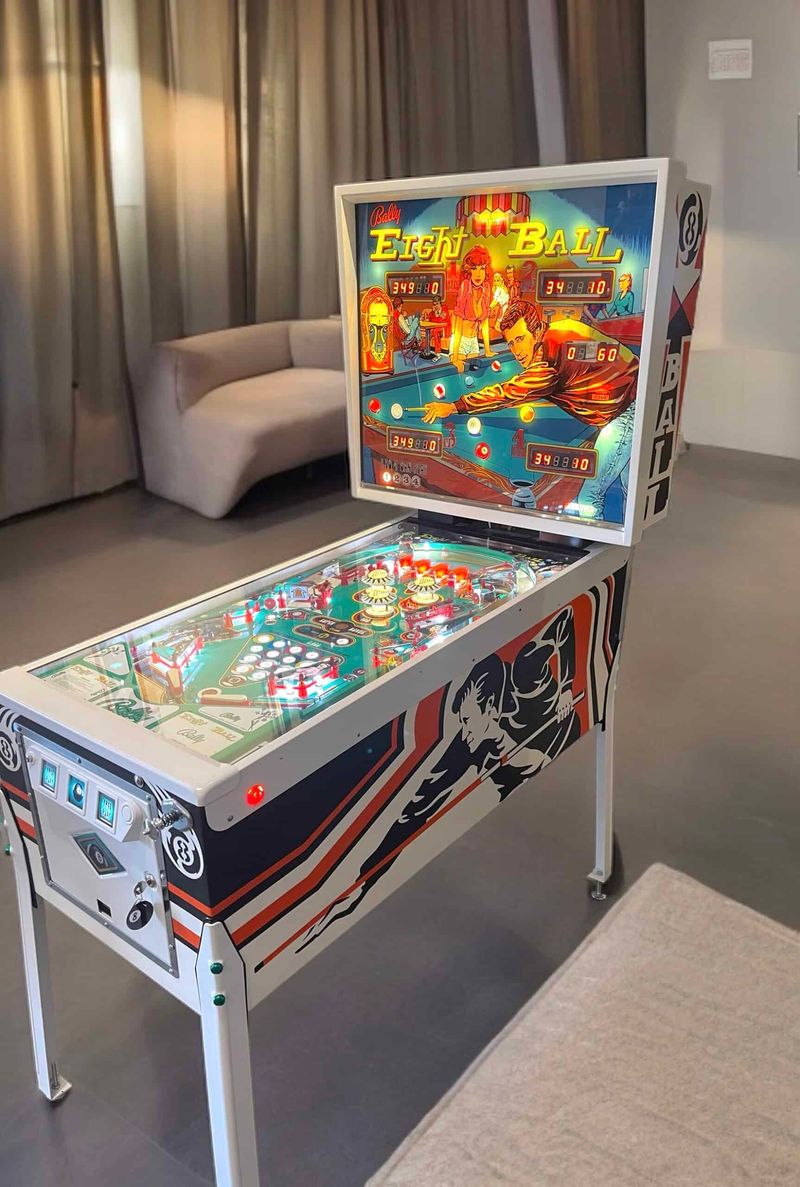
Pinball machines, with their flashing lights and clinking sounds, were once the heart of arcades and entertainment venues. Players mastered the art of flipper control, aiming for high scores and bragging rights.
With the rise of video games, pinball machines became less common, but they retain a dedicated fan base. These machines are cherished for their tactile gameplay and nostalgic appeal.
Today, pinball evokes memories of friendly competition and fun-filled afternoons spent in arcades, a testament to the enduring charm of analog gaming.

Well, hello there!
My name is Jennifer. Besides being an orthodontist, I am a mother to 3 playful boys. In this motherhood journey, I can say I will never know everything. That’s why I always strive to read a lot, and that’s why I started writing about all the smithereens I came across so that you can have everything in one place! Enjoy and stay positive; you’ve got this!

